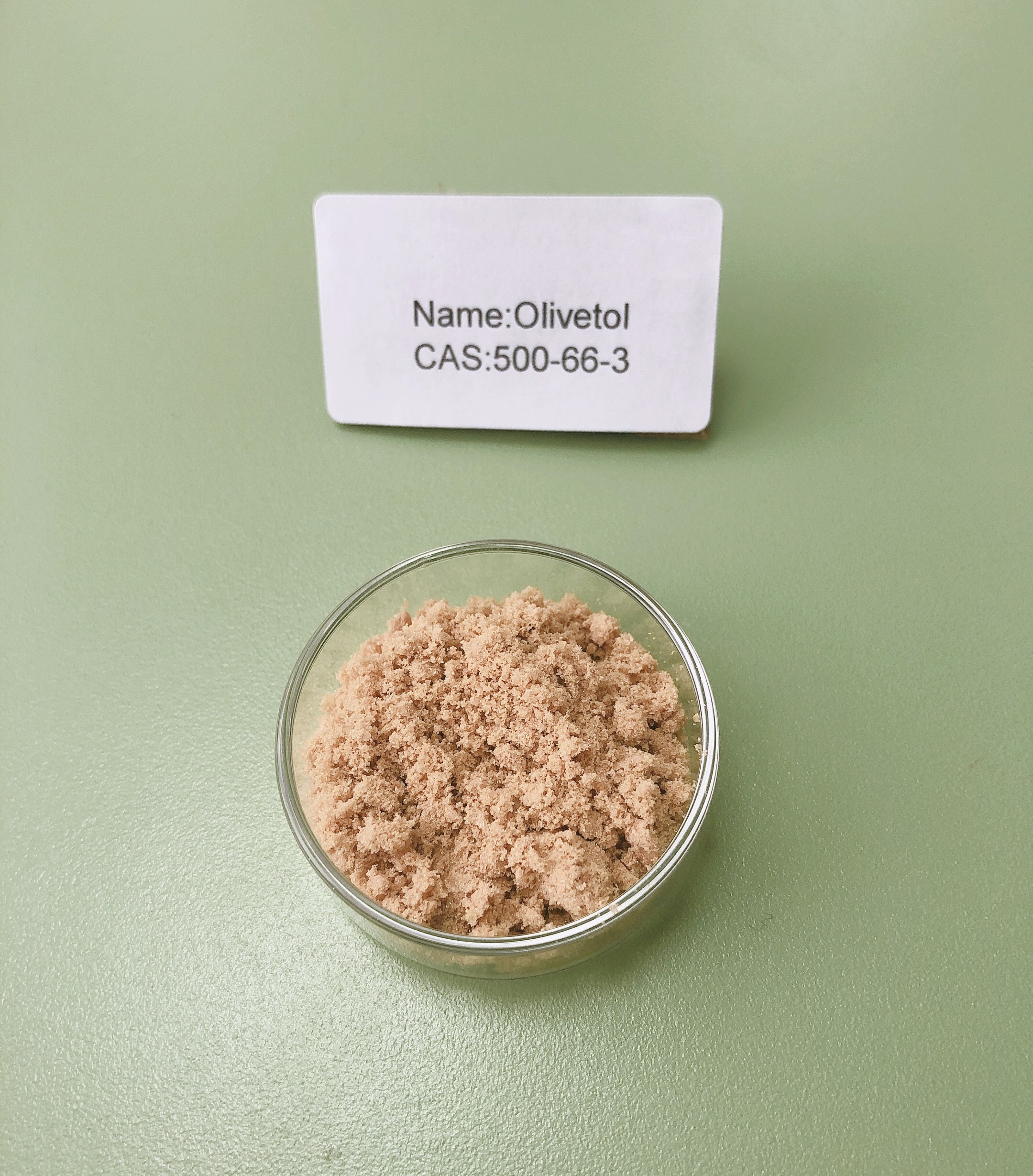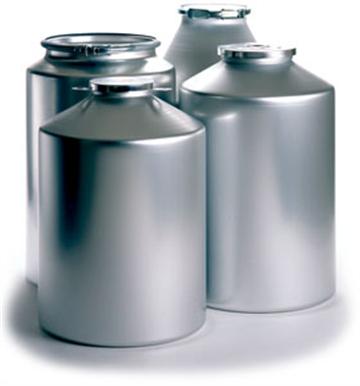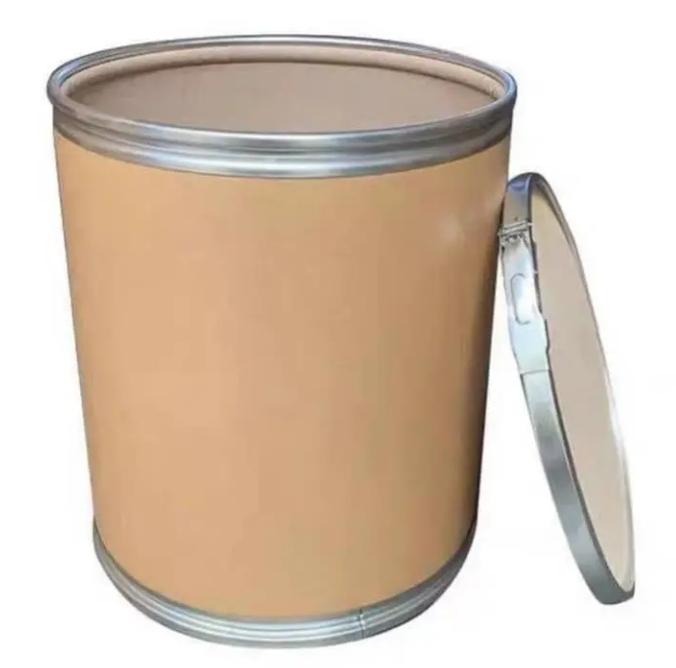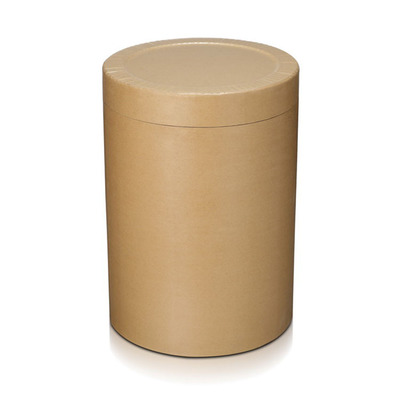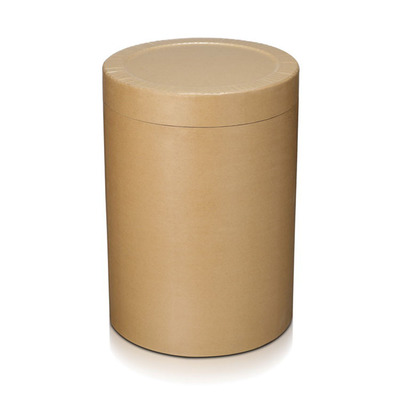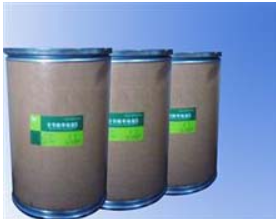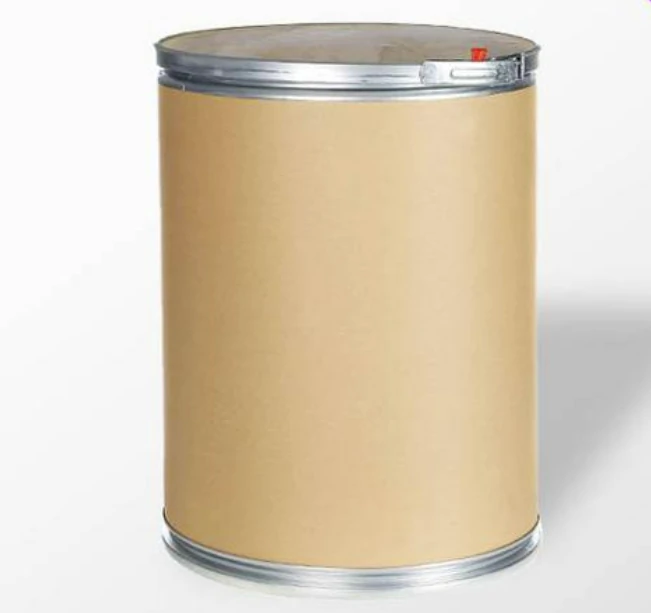Alias
More Information
1,3-Benzenediol, 5-Pentyl-; 5-Pentylbenzene-1,3-Diol; 5-Pentylresorcinol; 5-N-Amylresorcinol; 1,3-Dihydroxy-5-Pentylbenzene
Brief Introduction
3,5-dihydroxypentabenzene is an important pharmaceutical intermediate. It was first obtained by degrading lichen acid (also known as d-pinellic acid and amyl lichen phenolic acid) extracted from lichen plants. It is mainly used in laboratory R & D process and chemical production process.
Suppliers
View More Vendors (2) >
CAS:506-32-1
Molecular Formula:C20H32O2
Alias
More Information
5,8,11,14-Icosatetraenoic Acid; 5,8,11,14-Eicosatetraenoic Acid; Arachidonic; 5,8,11,14-Eicosatetraenoic Acid, (All-Z)-; Eicosatetraenoic Acid; (5Z,8Z,11Z,14Z)-5,8,11,14-Icosatetraenoic Acid; (All-Z)-5,8,11,14-Eicosatetraenoic Acid; (All-Z)-5,8,11,14-Eicosatetraenoicacid; 5,8,11,14-All-Cis-Eicosatetraenoic Acid; 5,8,11,14-Eicosatetrenoic Acid; ARA
Brief Introduction
This product is a nutritional fortifier and raw material for the synthesis of prostaglandins. Regulate the permeability of human cell membrane. It is very important for the development of brain, nerve and optic nerve system of infants and young children. It also plays an important role in the treatment of coronary heart disease, diabetes and prevention of cerebrovascular diseases.
Suppliers
View More Vendors (2) >
CAS:520-33-2
Molecular Formula:C16H14O6
Alias
More Information
Eriodictyol 4'-Monomethyl Ether; 3',5,7-Trihydroxy-4'-Methoxyflavanone; 3',5,7-Trihydroxy-4-Methoxyflavanone; 4H-1-Benzopyran-4-One, 2,3-Dihydro-5,7-Dihydroxy-2-(3-Hydroxy-4-Methoxyphenyl)-, (S)-; (S)-3',5,7-Trihydroxy-4'-Methoxyflavanone; 4'-Methoxy-3',5,7-Trihydroxyflavanone; (+/-)-3',5,7-Trihydroxy-4'-Methoxyflavanone; 2,3-Dihydro-5,7-Dihydroxy-2S-(3-Hydroxy-4-Methoxphenyl)-4H-1-Benzopyran-4-One; 5,7,3'-Trihydroxy-4'-Methoxyflavanone; (+/-)-Hesperetin
Brief Introduction
Hesperidin is a natural flavonoid, which widely exists in the fruits of Rutaceae plants. It mainly comes from the enzymatic hydrolysis of hesperidin and is light yellow needle like crystal. It is widely used in many fields such as food, medicine, health products and so on.
Suppliers
View More Vendors (2) >
Alias
More Information
S-2-Propenyl 2-Propenethiosulfinate; Allisatin; Alls(O)Sall; S-Allyl Prop-2-Ene-1-Sulfinothioate; Allicin(Sh); Allantolin Allicin; Allitrid; 2-Propene-1-Sulfinothioic Acid S-2-Propenyl Ester; Allisure Liquid; S-2-Propen-1-Yl 2-Propene-1-Sulfinothioate; S-Prop-2-En-1-Yl Prop-2-Ene-1-Sulfinothioate; Allimed; 2-Propene-1-Sulfinothioic Acid, S-2-Propenyl Ester; 3-[(Prop-2-Ene-1-Sulfinyl)Sulfanyl]Prop-1-Ene; Alliosan; Allyl 2-Propenylthiosulfinate; Aricine(P); Dianyctrsnlgide; Allyl 2-Propenethiosulfinate
Brief Introduction
Allicin is an antibacterial substance, which can inhibit the growth and reproduction of dysentery bacilli, typhoid bacilli and Vibrio cholerae. It has obvious inhibition and killing effect on Staphylococcus, Streptococcus and pneumococcus, so it can reduce the incidence rate of chicken and fish. Adding a small amount of allicin to the feed of chickens, ducklings and layers can improve the survival rate of livestock chickens and ducklings and the laying rate of layers. Adding allicin to broilers and ducks can improve the feed utilization rate by 6% - 16%, improve the feed palatability, stimulate oral taste buds and increase animal feed intake. Allicin can improve the flavor of chicken and duck. For fish, allicin is mainly used for disease prevention, treatment and good food attractant. At the same time, it can also combine the added vitamin B1 with garlic thiamine to prevent the decomposition of vitamin B1 by vitamin B2 decomposition enzyme in live bait (FISH). Garlic thiamine has the same effect as vitamin B1, but its absorption is better than vitamin B1 and its physiological effect is better. Therefore, allicin can also prevent fish vitamin B1 deficiency, reduce feed coefficient and promote fish growth.
Suppliers
View More Vendors (2) >
CAS:53956-04-0
Molecular Formula:C42H68N2O16
Alias
More Information
Glycyrrhizin Ammonium; Glycyrrhiz; Glycamil; Glycyrrhizic Acid Ammonium Salt; Ammoniumglycynhizinato; Ammoniumglycyrrhizin; Ammonium Glycyrrhizate; Glycyrrhizic Acid Monoammonium Salt; Ammonium Glycyrrhizinate; Glycyrrhizin Monoammonium Salt Hydrate; Glycyrrhizic Acid,Nh4; Glycyrrhizic Acid Monoammonium Salt Hydrate; Ammoniumglycyrrhizate; Glycyrrhizicammonium; Monoammoniumglycyrrhizinate; Glycyrrhizic Acid Monoammonium Salt Trihydrate; Magnasweet; Ammoniate; Monoammonium Glycyrrhizinate Hydrate; Glycyrrhizate Monoammonium; Glycyrram; Monoammonium Glycyrrhinate S; MAG; mono Ammonium Glycyrrinate
Brief Introduction
Ammonium glycyrrhizinate has strong sweetness, and its sweetness is about 200 times that of sucrose. It can usually be used as a sweetener in food additives, such as canned meat, seasoning, candy, biscuits, cold fruits and beverages. Monoammonium glycyrrhizinate has a strong affinity for sterol metabolizing enzymes in the liver, which hinders the inactivation of cortisol and aldosterone. After use, it shows obvious corticosteroid like effects, such as anti-inflammatory effect, anti allergy and protective membrane structure; No obvious corticosteroid like side effects.
Suppliers
View More Vendors (2) >
Inquiry (
10
/ 10
)
Clear All
Sign In
Error!


